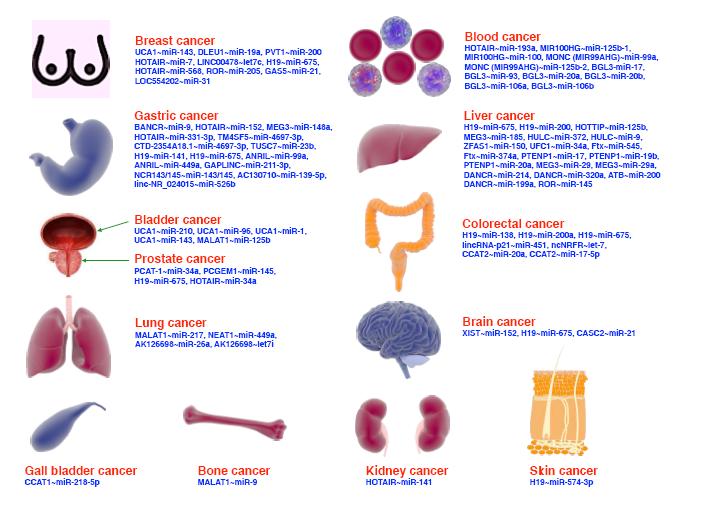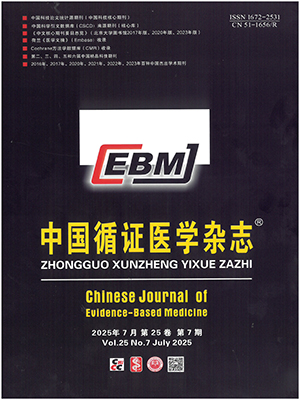| 1. |
McMullen SM, Meade M, Rose L, et al. Partial ventilatory support modalities in acute lung injury and acute respiratory distress syndrome-a systematic review. PLoS One, 2012, 7(8): e40190.
|
| 2. |
Azoulay E. Intensive care medicine: onwards and upwards. Intensive Care Med, 2019, 45(1): 106-107.
|
| 3. |
Kelly FE, Fong K, Hirsch N, et al. Intensive care medicine is 60 years old: the history and future of the intensive care unit. Clin Med (Lond), 2014, 14(4): 376-379.
|
| 4. |
Pelosi P, Ball L, Barbas CSV, et al. Personalized mechanical ventilation in acute respiratory distress syndrome. Crit Care, 2021, 25(1): 250.
|
| 5. |
Hayhurst C. Right alert, right time: developing clinically meaningful, actionable alarm notifications. Biomed Instrum Technol, 2020, 54(1): 12-20.
|
| 6. |
Graham KC, Cvach M. Monitor alarm fatigue: standardizing use of physiological monitors and decreasing nuisance alarms. Am J Crit Care, 2010, 19(1): 28-34.
|
| 7. |
Bonafide CP, Lin R, Zander M, et al. Association between exposure to nonactionable physiologic monitor alarms and response time in a children's hospital. J Hosp Med, 2015, 10(6): 345-351.
|
| 8. |
Chambrin MC, Ravaux P, Calvelo-Aros D, et al. Multicentric study of monitoring alarms in the adult intensive care unit (ICU): a descriptive analysis. Intensive Care Med, 1999, 25(12): 1360-1366.
|
| 9. |
Lawless ST. Crying wolf: false alarms in a pediatric intensive care unit. Crit Care Med, 1994, 22(6): 981-985.
|
| 10. |
Siebig S, Kuhls S, Imhoff M, et al. Intensive care unit alarms--how many do we need? Crit Care Med, 2010, 38(2): 451-456.
|
| 11. |
Tsien CL, Fackler JC. Poor prognosis for existing monitors in the intensive care unit. Crit Care Med, 1997, 25(4): 614-619.
|
| 12. |
Johnson KR, Hagadorn JI, Sink DW. Alarm safety and alarm fatigue. Clin Perinatol, 2017, 44(3): 713-728.
|
| 13. |
Jones K. Alarm fatigue a top patient safety hazard. CMAJ, 2014, 186(3): 178.
|
| 14. |
Ruskin KJ, Hueske-Kraus D. Alarm fatigue: impacts on patient safety. Curr Opin Anaesthesiol, 2015, 28(6): 685-690.
|
| 15. |
Ali TM, Alharbi MF. AF among nurses working in neonatal and paediatric intensive care units: a cross-sectional study. Healthcare (Basel), 2024, 12(16): 1574.
|
| 16. |
Cvach M. Monitor alarm fatigue: an integrative review. Biomed Instrum Technol, 2012, 46(4): 268-277.
|
| 17. |
Winters BD, Slota JM, Bilimoria KY. Safety culture as a patient safety practice for alarm fatigue. JAMA, 2021, 326(12): 1207-1208.
|
| 18. |
Sowan A. Effective dealing with alarm fatigue in the intensive care unit. Intensive Crit Care Nurs, 2024, 80: 103559.
|
| 19. |
Cvach MM, Stokes JE, Manzoor SH, et al. Ventilator alarms in intensive care units: frequency, duration, priority, and relationship to ventilator parameters. Anesth Analg, 2020, 130(1): e9-e13.
|
| 20. |
Pham JC, Williams TL, Sparnon EM, et al. Ventilator-related adverse events: a taxonomy and findings from 3 incident reporting systems. Respir Care, 2016, 61(5): 621-631.
|
| 21. |
Scott JB. The conundrum of mechanical ventilation alarms. Respir Care, 2021, 66(4): 699-700.
|
| 22. |
Walsh BK, Waugh JB. Alarm strategies and surveillance for mechanical ventilation. Respir Care, 2020, 65(6): 820-831.
|
| 23. |
唐雷, 钟世镇. 人工智能及其在医学领域中的应用. 中国实用妇科与产科杂志, 2024, 40(9): 876-878.
|
| 24. |
Haug CJ, Drazen JM. Artificial intelligence and machine learning in clinical medicine, 2023. N Engl J Med, 2023, 388(13): 1201-1208.
|
| 25. |
Hever G, Cohen L, O'Connor MF, et al. Machine learning applied to multi-sensor information to reduce false alarm rate in the ICU. J Clin Monit Comput, 2020, 34(2): 339-352.
|
| 26. |
Au-Yeung WM, Sahani AK, Isselbacher EM, et al. Reduction of false alarms in the intensive care unit using an optimized machine learning based approach. NPJ Digit Med, 2019, 2: 86.
|
| 27. |
González-Nóvoa JA, Busto L, Rodríguez-Andina JJ, et al. Using explainable machine learning to improve intensive care unit alarm systems. Sensors (Basel), 2021, 21(21): 7125.
|
| 28. |
Gupta A, Katarya R. Social media based surveillance systems for healthcare using machine learning: a systematic review. J Biomed Inform, 2020, 108: 103500.
|
| 29. |
Sanchez-Pinto LN, Luo Y, Churpek MM. Big data and data science in critical care. Chest, 2018, 154(5): 1239-1248.
|
| 30. |
何施谦, 郭尹浩, 杨帆, 等. 围术期不同吸入氧浓度与术后肺部并发症的研究进展. 河北医药, 2024, 46(7): 1070-1074, 1079.
|
| 31. |
王小芳, 吴跃明, 潘柳华. 呼气末正压和吸氧浓度调整对稳定期ARDS机械通气患者炎性肺损伤的改善作用. 现代实用医学, 2024, 36(4): 473-476.
|
| 32. |
Beloncle FM, Richard JC, Merdji H, et al. Advanced respiratory mechanics assessment in mechanically ventilated obese and non-obese patients with or without acute respiratory distress syndrome. Crit Care, 2023, 27(1): 343.
|
| 33. |
Marini JJ, Rocco PRM, Gattinoni L. Static and dynamic contributors to ventilator-induced lung injury in clinical practice. pressure, energy, and power. Am J Respir Crit Care Med, 2020, 201(7): 767-774.
|
| 34. |
Tawfik P, Syed MKH, Elmufdi FS, et al. Static and dynamic measurements of compliance and driving pressure: a pilot study. Front Physiol, 2022, 13: 773010.
|
| 35. |
Johnston BW, Barrett-Jolley R, Krige A, et al. Heart rate variability: measurement and emerging use in critical care medicine. J Intensive Care Soc, 2020, 21(2): 148-157.
|
| 36. |
Weinstein TB, Rogers CB, Uppal A, et al. Ventilator alarm trends in a medical ICU. Chest, 2022, 162(4): A1465.
|
| 37. |
Cheifetz IM. Cardiorespiratory interactions: the relationship between mechanical ventilation and hemodynamics. Respir Care, 2014, 59(12): 1937-1945.
|
| 38. |
张伟, 刘新. 间歇性时间序列数据多目标决策挖掘算法设计. 计算机仿真, 2024, 41(10): 291-295, 300.
|




